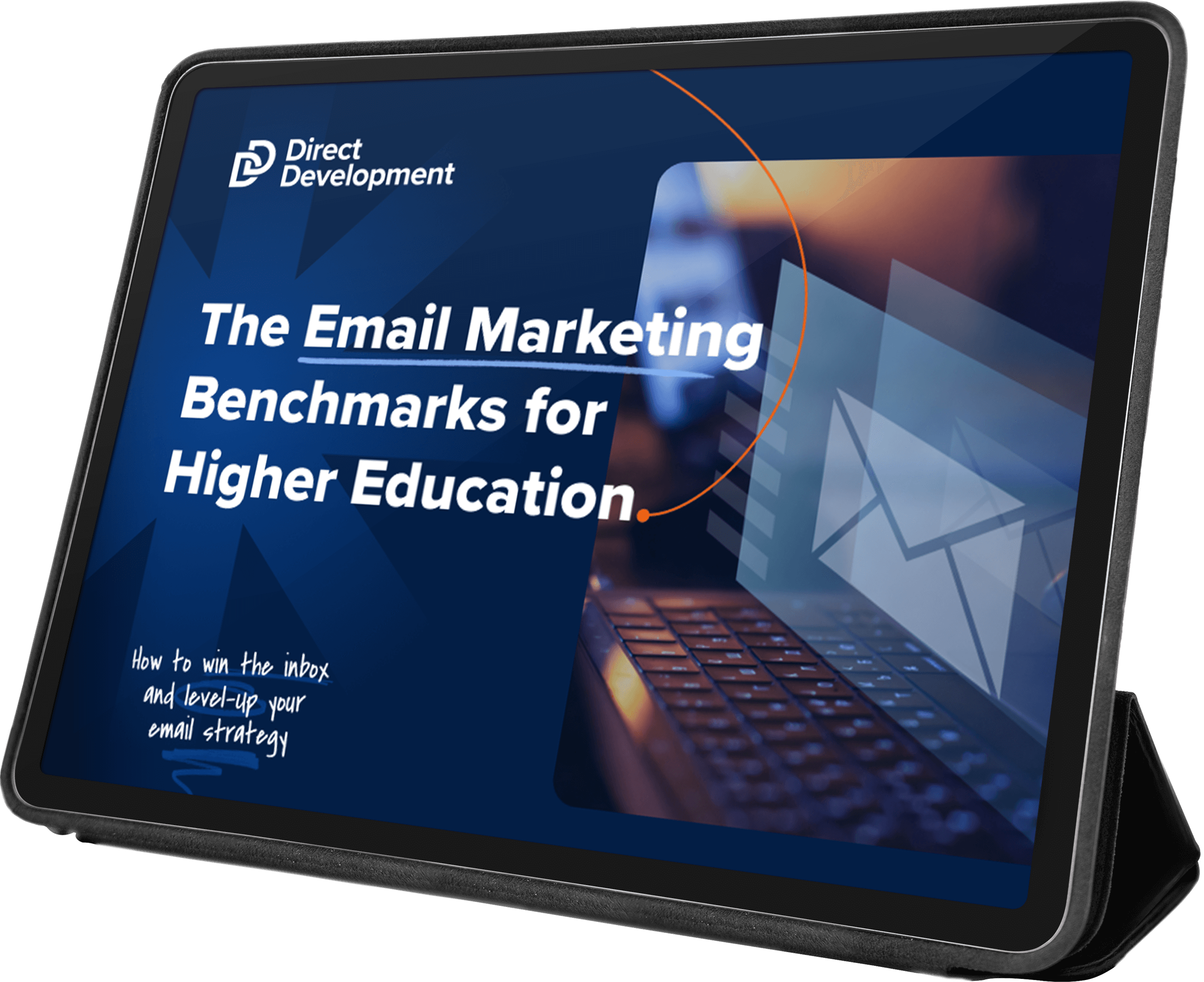Diversifying Communication Tools in Your Student Recruitment Strategy

September 29, 2021

As a professional in the undergraduate admissions and marketing world for the past couple of decades, I have seen communication patterns and habits change. In fact, they have changed a lot...and there are NO signs of slowing down. Messaging is paramount to marketing...and marketing wins only come when the right message is communicated at the right time through the right channel.
Marketing Communication Success Formula:
Fitting Message + Right Communication Tool x Frequency = Marketing Communication Success
Obviously, as a consumer, a parent, a homeowner, and a voter (in a swing state), I understand the tools for communicating different messages to a variety of audiences. But in the completion of a recent corporate task (designing a corporate communication channel matrix), I was reminded of the complexity of this calculus. Here is what I mean.
Did you know that according to the Harvard Business Review, the average employee gets 122 work email messages per day—YES, PER PERSON, PER DAY! Other surveys conclude that this number (at least for work messages) might be as low as 40 per day. Either way, I am thankful that I don’t get that much email...but the reason I am shielded from this email onslaught is that I get several dozen Slack messages, a bunch of text messages, and other communications through other channels. But, back to email.
I started asking WHY?
- WHY so many messages?
- WHY has it become such a go to?
- WHY don’t we diversify even more than we do?
Unfortunately, I think higher education has fallen prey to the email trap more than we all wish. We have gotten comfortable with the results (even though they are not necessarily that good). We can see the messages going out, we can see the delivery rate, we can have insight on the open and click rate...and that has become “good enough.” Even typing that just now makes me curl my nose a little….good enough, ugh!
What’s my point? I promise I have one. A little bit ago I wrote about overcoming your email insecurities, but this goes deeper than this. I am not simply suggesting that updating your comm flow is the answer...at least not with email.
Think about physically doing this exercise:
In the quiet days of the late summer, early fall...pick an empty wall in your office or conference room. Using post-it notes, hang on the wall every piece of content that your students could get in various stages of the funnel. Think of EVERYTHING. Every video that is linked, every postcard that is sent, every phone call that is made.
[NOTE: I know you could do this in a spreadsheet, but there is something much more real and clarifying when it is done in a physical location—and you can take a few days to complete it, talk about it with co-workers, chew on the overview, etc.]
Once you have done this, step back and look at the overall balance. (If I had to place a wager, I would bet the majority of your communication favors email—it’s okay, we all have room to grow.) But, having this overview will allow you to see areas of weakness and strength, and ways that you can improve your communication diversity.
That was the easy part. Now you have to do the hard work of implementing the change that you see you need.
Three big considerations as you begin to think about this implementation:
- First, understanding your audience is the top priority. At DD Agency, we spend a fair amount of time understanding the audience personas of our clients. Recognizing that students rely on email for certain things, but other channels for most things should force you to consider where you’re putting your resources.
- Second, think about your budget—ask yourself, “Can I afford to do this or that?” … and, depending on what your fall enrollment looks like, ask yourself if you can afford NOT to.
- Lastly, think about the tools that you have available in your tech stack that you aren’t using...or not using enough. IF your CRM has marketing automation (e.g. chatbots, survey tools, dynamic on-screen messaging) or texting capabilities, make sure these tools are being used—and used properly to drive more conversions and results.
Here’s the thing...Rome wasn’t built in a day (I needed to throw in an overused cliche to make this blog feel complete 😉). Taking a good, hard look at what communication is going out is CRITICAL to your enrollment marketing...but it’s only a first step. Understanding what you and your team can change and how much is also pretty darn important. ALL THE WHILE, you MUST recognize that your audience is always changing...today’s text message will be just like yesterday’s email or postcard.
Service Categories: Enrollment Marketing









.png)